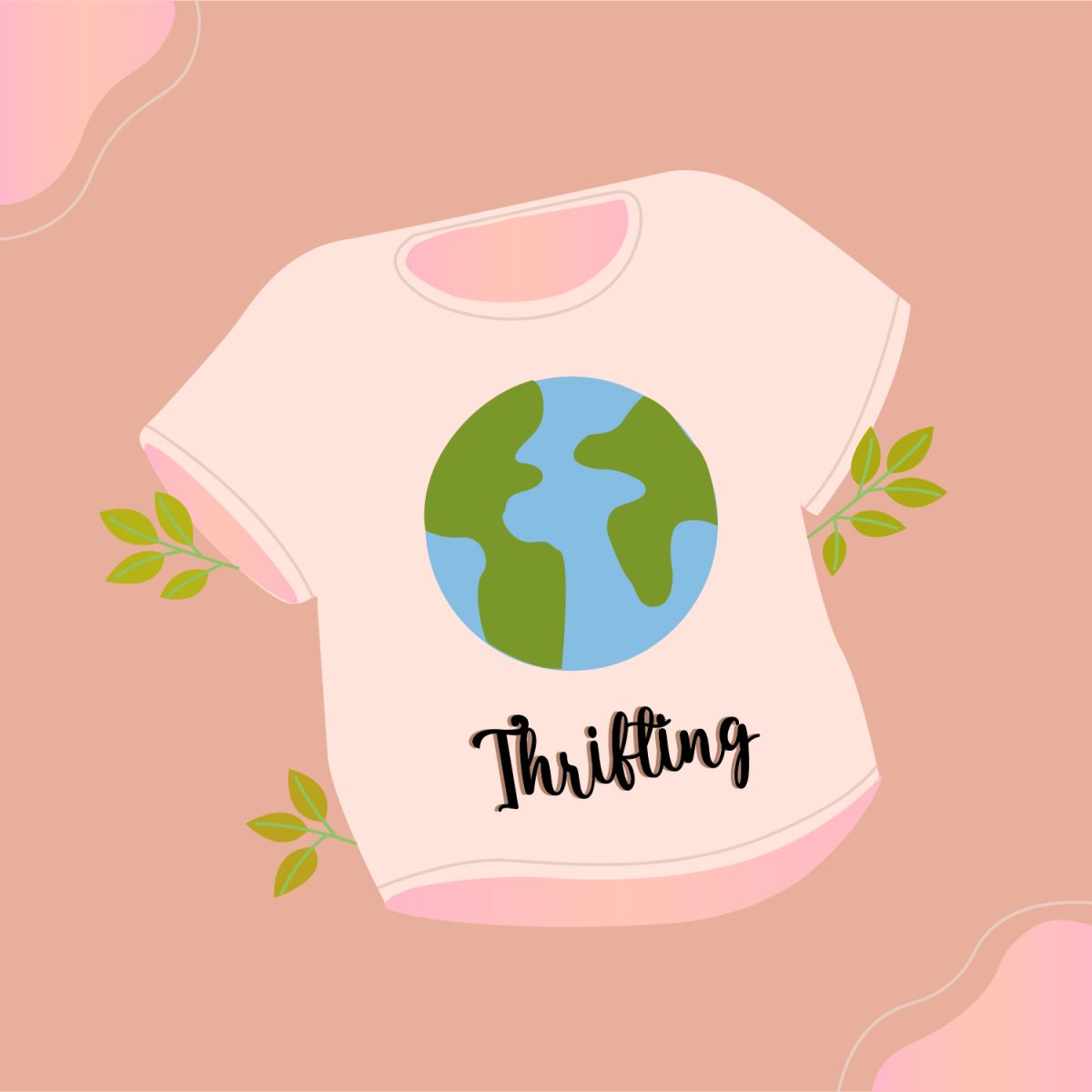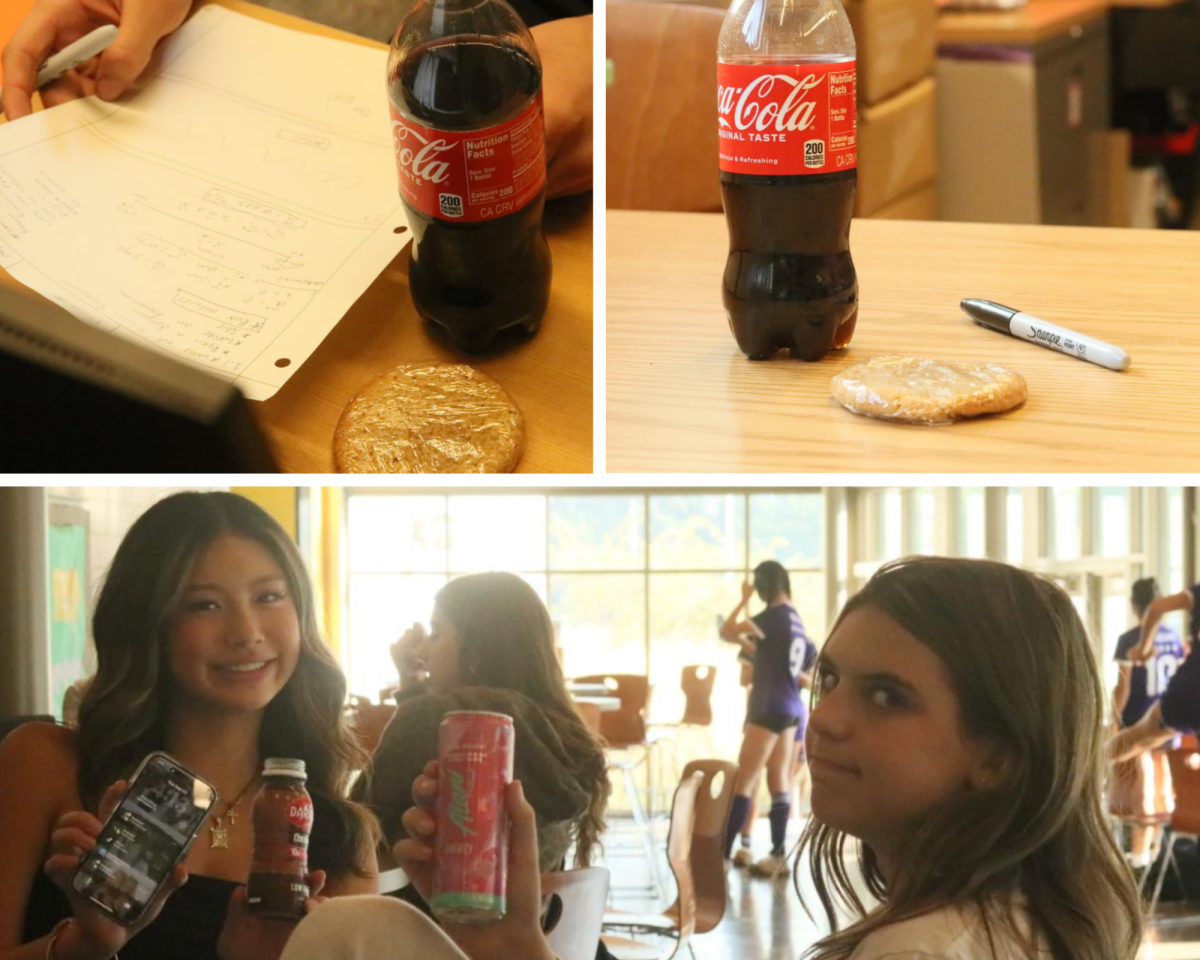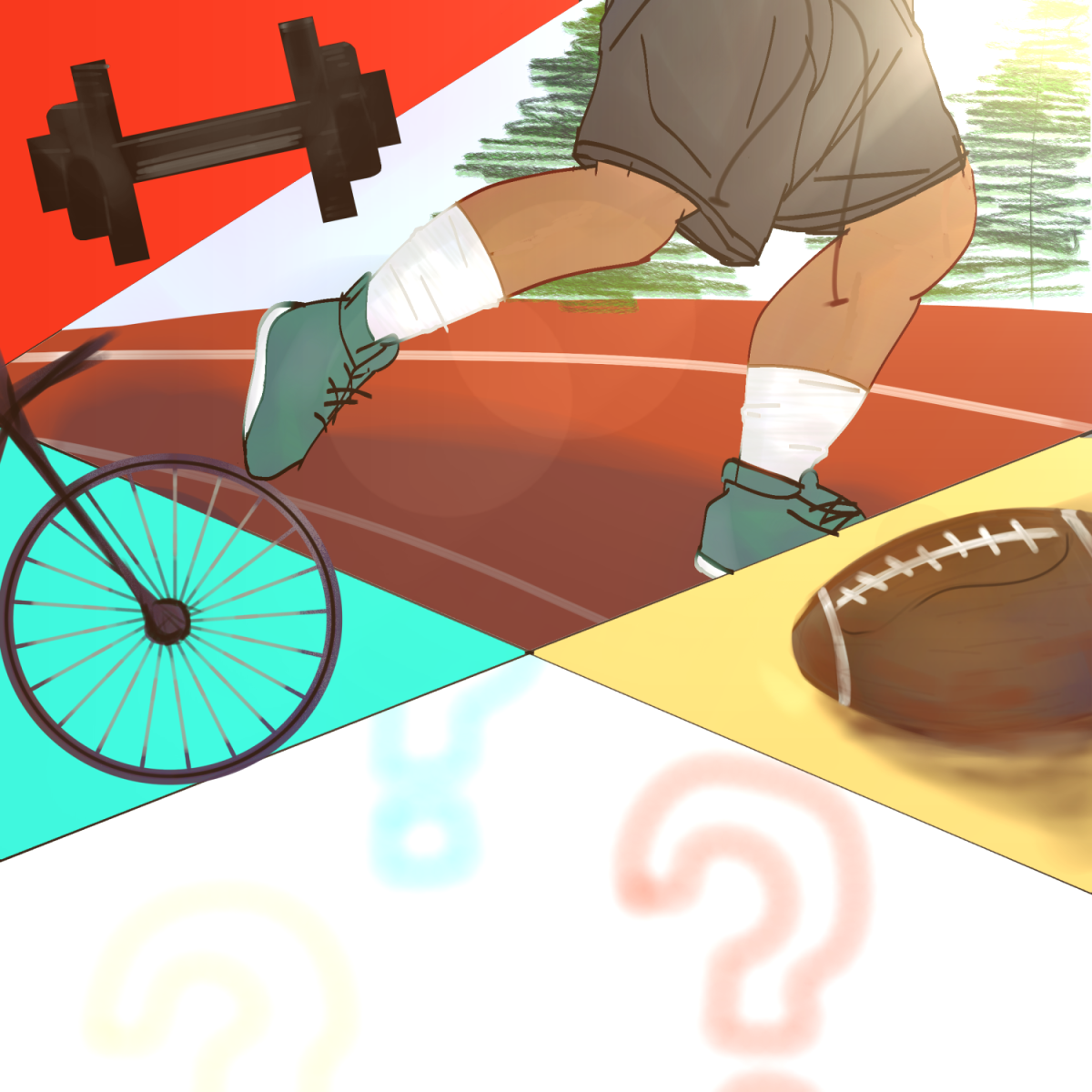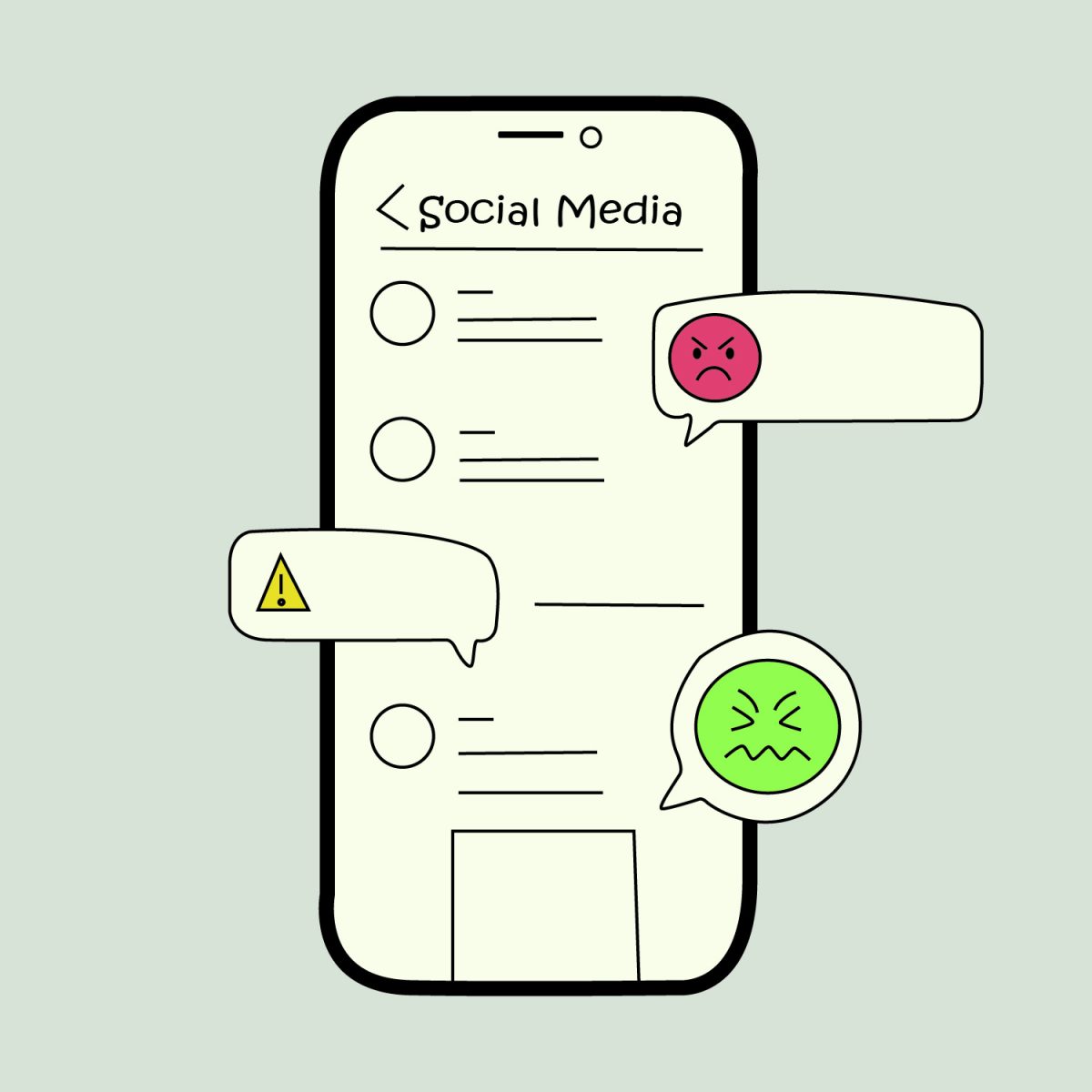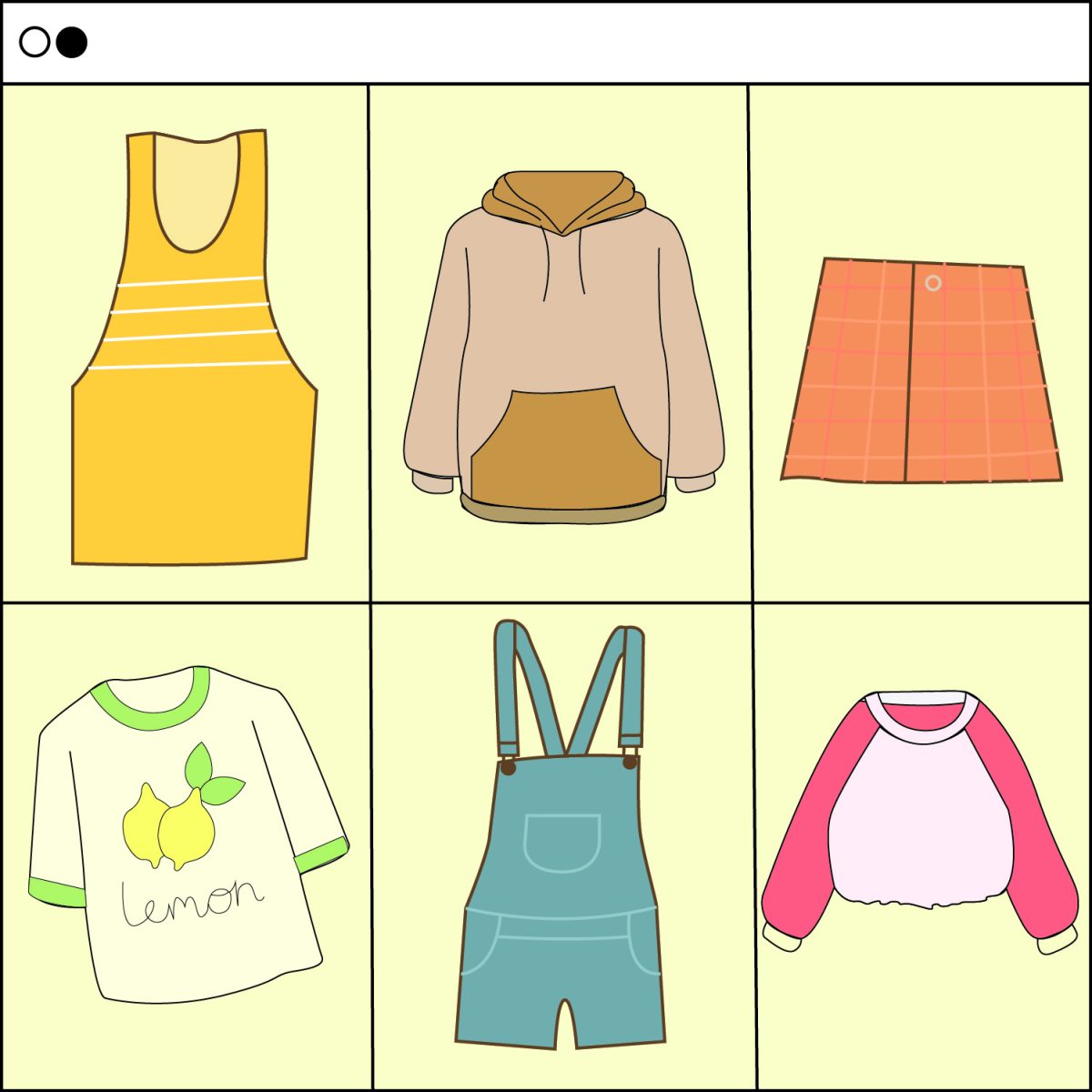Thrifting, often regarded as the art of finding treasures amongst second-hand goods, has surged in popularity not only as a budget-friendly pastime, but also as a sustainable lifestyle choice. Whether you are influenced by eccentric thrift finds on social media, your friends, or by the ongoing climate crisis, thrifting is an outlet for expressing individuality and promoting environmental consciousness. Senior Annie Gibbons describes how “people are realizing that fast fashion brands like SHEIN and FashionNova are actually very bad for the environment, so they are trying to stray away from things like that. I feel like clothes are also so expensive now, and thrifting is a way to kind of combat those costs. You can find a lot of unique, cute clothes for nowhere near the price of retail stores. Thrifting is also kind of an adventure, and something that you can make a day out of.”
Thrifting offers financial benefits and fosters budget-conscious behaviors, especially among youth. By choosing the sustainable, second-hand choice, buyers learn how to get the most bang for their buck and are offered an array of unique pieces that do not conform to the trends of society. Junior Henry Feduff offers an analogy: “When you’re a kid, and you have money, you’re obviously going to want to spend it. Thrifting can kind of be an outlet in this sense, because you get more for the amount of money that you have.” In recent years, online marketplaces like Depop and thredUp have made a comeback and switched the demographic of thrifting from primarily youth to an adventure for all ages. The Source records that “according to the 2020 Resale Report by the online thrift store thredUP, the second-hand clothing market is projected to reach $64 billion by 2024, and the number of people buying used clothing is expected to grow from 64 million in 2020 to 76 million in 2024.” Marketplaces like these make thrifting more accessible, and introduce a way to make a small income amidst the budgeting.
The Daily Bruin references fast-fashion brands and explains that “many see an issue with the way manufacturers produce massive amounts of clothing in an environmentally questionable manner to keep up with the rate at which fashion fads come in and out of style. These procedures may use high levels of water and energy, according to Goodwill, with one cotton shirt requiring the use of around 700 gallons of water and one pair of jeans requiring 2,000 gallons.” As the environmental crisis looms over younger generations, and the need for sustainable attitudes becomes imperative, opinions on fast-fashion brands, like SHEIN and FashionNova, begin to change. From the obvious signs, like individually wrapping each piece of clothing, to the reports of their mass production, these brands need to be boycotted for the good of our earth. Freshman Julian Hollywood describes these brands: “[Fast fashion] tends to copy whatever pieces are trending, either in retail stores or thrift stores, and I think people are realizing that you can get the same items for the same price through thrifting, just much better quality.” Fast fashion brands are colossal contributors to our carbon footprint, as the industry accounts for about 10 percent of climate impact. The bulk of our clothes end up in landfills, because of retail stores that align with the trends. The Daily Bruin continues, “There are enough pieces of clothing to clothe the next six generations, and I think that speaks volumes of how much we are creating and consuming.”
The treasures that you find while thrifting have the beauty of being multi-functional—they mold to your imagination and can be repurposed in any way that you see fit. Sophomore Joy Tran addresses the ever-changing trends, saying, “The clothes that you find in thrift stores are not exactly mainstream, so you’re able to experiment more with your clothes and styles. Retail stores go with the trends, so you’re not able to form any new styles or outfits besides the ones that everyone is already wearing.” Thrifting fosters creativity and individuality, and encourages branching out from trendy, orthodox outfits. Gibbons recalls her thrifting journey, saying, “If I were to go to the mall, I would just buy the same hoodie that everybody else has. It’s like buying all the same clothes just in a different font. With thrifting, I can find something unique and original, and it makes it so easy to try branch out and try new styles.” Thrifting can help ease the changes as personal styles evolve and preferences differ.
When thrifting, I am in my natural element. I worship my weekend outings with friends—scouring the racks with TV Girl blasting in my ears, getting coffee and bagels on the drive to the Fremont Market, and laughing at funny, faded T-shirts that reference cats or politics. Aside from the obvious enjoyment I derive from the activity, I am left feeling satisfied with myself as a move away from retail shopping, and into the world of sustainable fashion. Thrifting is a steppingstone into the world of collective sustainability.

